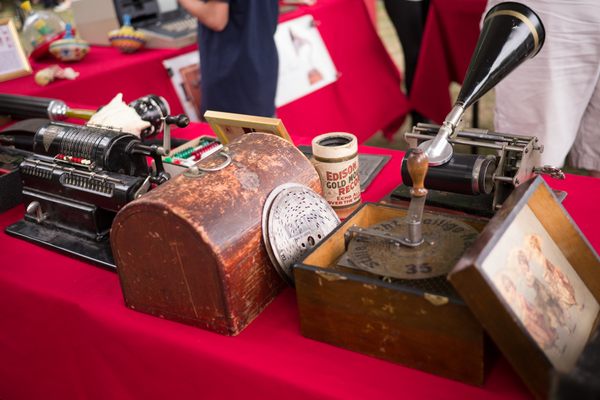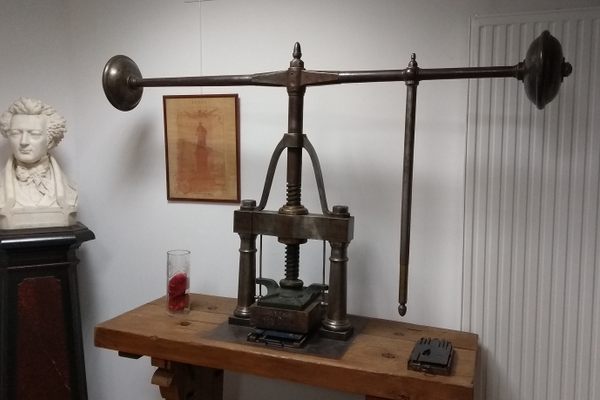About
If you have the time and energy while traveling through the Great Smoky Mountains, Asa Jackson’s fabulous 150-year-old perpetual motion machine at the Museum of Appalachia is worth stopping by to see—even if it did not, as intended, run forever.
No one seems to know the root of inventor Asa Jackson's original impulse to build this complex apparatus in the mid-1800s, or what kept him going through the years to try to perfect it. It may have been the result of an unsubstantiated rumor that the federal government was offering a $1 million reward to any inventor who could defy the laws of physics; other reports say it was meant to run the threshing machines at the family factory. In either case, Jackson was very secretive about his creation, going so far as to hide his machine in a cave in Murfreesboro during the Civil War.
The search for the elusive perpetual motion machine has an interminable history, with the first official patent being issued in England in 1635. Government interest fueled feverish investigations that seemed to reach their peak in the U.S. in the late 1800s, despite numerous publications from reputable scientific organizations insisting that the laws of thermodynamics were not mere suggestions. Unimpeded, inventors like Jackson had to be turned away by the U.S. patent office, which declared perpetual motion to be “physically impossible,” a position that curiously could “be rebutted only by the exhibition of a working model,” according to a government publication.
Things finally wound down in 1918 after the infamous Garabed Project (thought to be the long-awaited breakthrough) proved to be unsound. Intense scrutiny by the scientific community and the U.S. Congress demonstrated that the inventor, Garabed Giragossian, simply did not understand the difference between power and energy. This brought the whole field to a standstill, but fortunately, a few diehards, including Jackson's descendants, saved these early self-powered gadgets for posterity.
Asa Jackson’s Perpetual Motion Machine is housed in the Hall of Fame at the Museum of Appalachia, an enormous living history museum chock-a-block with curiosities. On display are tools and toys, musical instruments, Native American artifacts, and some of the most bizarre gimcracks east of the Mississippi. In addition to Jackson, the Hall of Fame has exhibits on more than 200 impressive individuals who hail from the mountain regions of Tennessee, including Sergeant York, Cordell Hull, Chet Atkins, and the inimitable Enoch Houston Williams. Wandering the extensive grounds will reveal dozens of old-timey buildings, including Mark Twain’s parents’ log cabin.
The museum and its perpetual motion machine are just a few miles from Oak Ridge where the Manhattan Project National Historic Park is located, along with numerous government and university research facilities, including a fusion lab.
Related Tags
Know Before You Go
The Museum of Appalachia is about 16 miles north of Knoxville. Check the website for opening hours as they vary depending on the season.
Community Contributors
Added By
Published
June 24, 2019



























